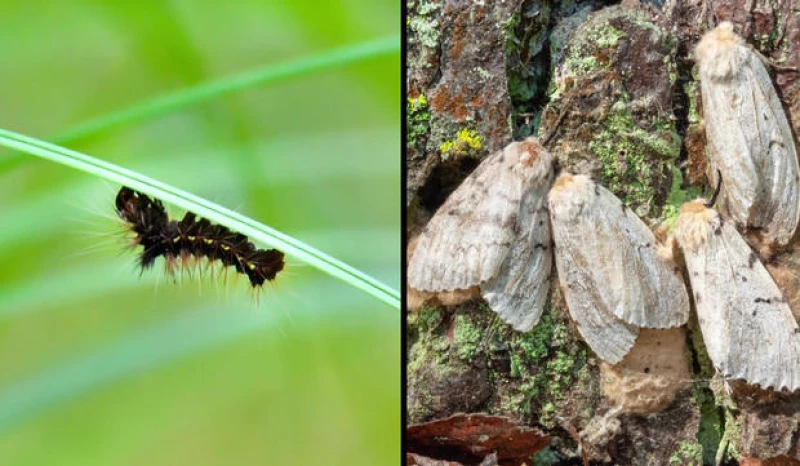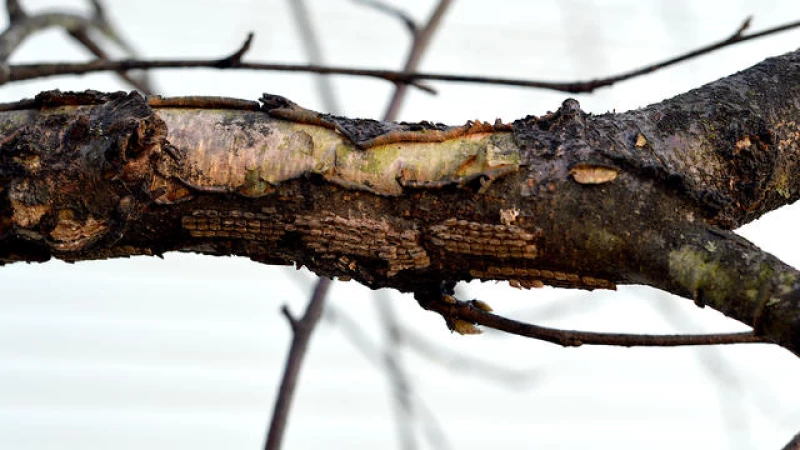The Department of Agriculture is reaching out to the public for assistance in eradicating an invasive species resembling spongy mud that is spreading outdoors. As spring officially begins, the agency emphasizes the importance of "smashing and scraping" to combat the issue.
So, what is the target of this eradication mission? Eggs – large clusters that closely resemble mud.
In a recent announcement, the USDA revealed that these eggs belong to two invasive species, the spotted lanternfly and spongy moth. These eggs are typically deposited in clusters on vehicles, trees, and various outdoor surfaces. The agency advises individuals to crush and scrape these egg masses into a plastic bag, seal it, and dispose of it in the garbage. Alternatively, a pressure washer can also be used for removal.
"The spotted lanternfly and spongy moth are invasive insects that pose significant economic and environmental threats," the USDA stated. "Collectively, they target and damage numerous tree and plant species."
The two species contribute to $40 billion in damages every year across crops, trees and other plants, said Kathryn Bronsky, national policy manager for the spongy moth at the USDA's Animal and Plant Health Inspection Service.
Spotted lanternflies and spongy moth eggs are "able hitchhikers" that often go unnoticed on modes of transportation, the USDA added. With lanternflies already existing in 17 states and spongy moths in 20, the agency stressed the importance of keeping an eye out for their offspring.
What do spotted lanternfly and spongy moth eggs look like?
The USDA says that spotted lanternfly egg masses are "flat" and "mud-like," and can have between 30 and 50 eggs. Masses belonging to spongy moths are "fuzzy, spongy and cream or brown-colored" and each one "can hatch up to a thousand tiny caterpillars with a ravenous appetite for leaves," according to the agency, and moth masses also often have a "hair-like covering" that the females lay on top to help protect the eggs.

How to get rid of lanternfly and spongy moth eggs
The USDA encourages a "smash and scrape" method for both invasive species, which can be done in the late fall, winter and early spring. Those who live in quarantine areas for either of the insects will have specific guidance posted by the state's department of agriculture. Others should check all outdoor belongings, especially if they are planning on moving items, including vehicles.







